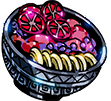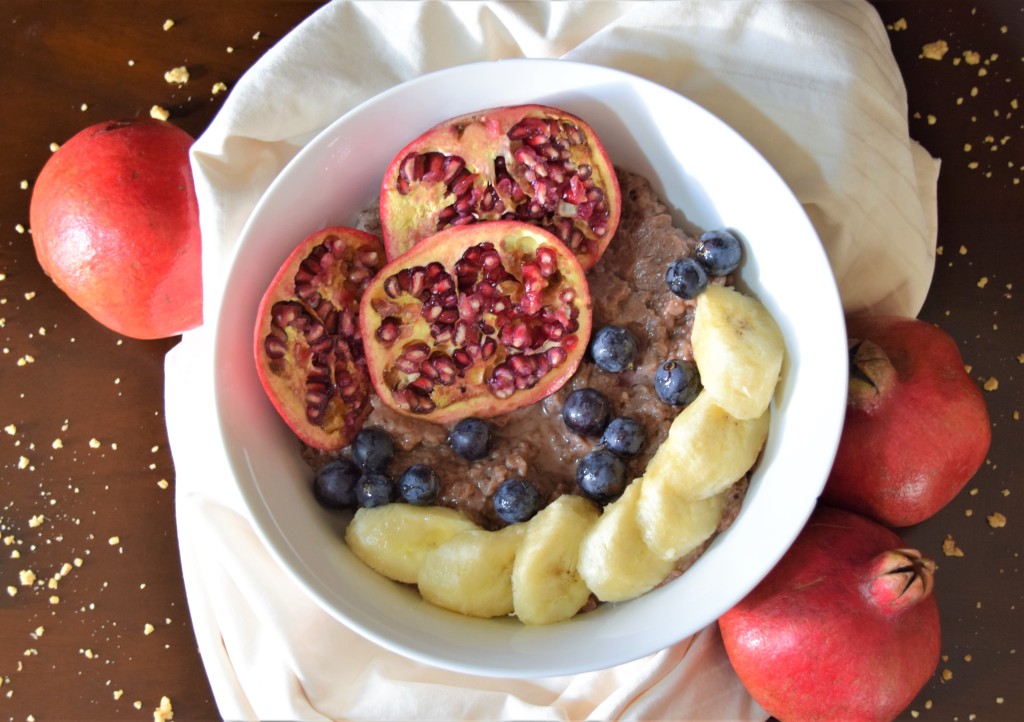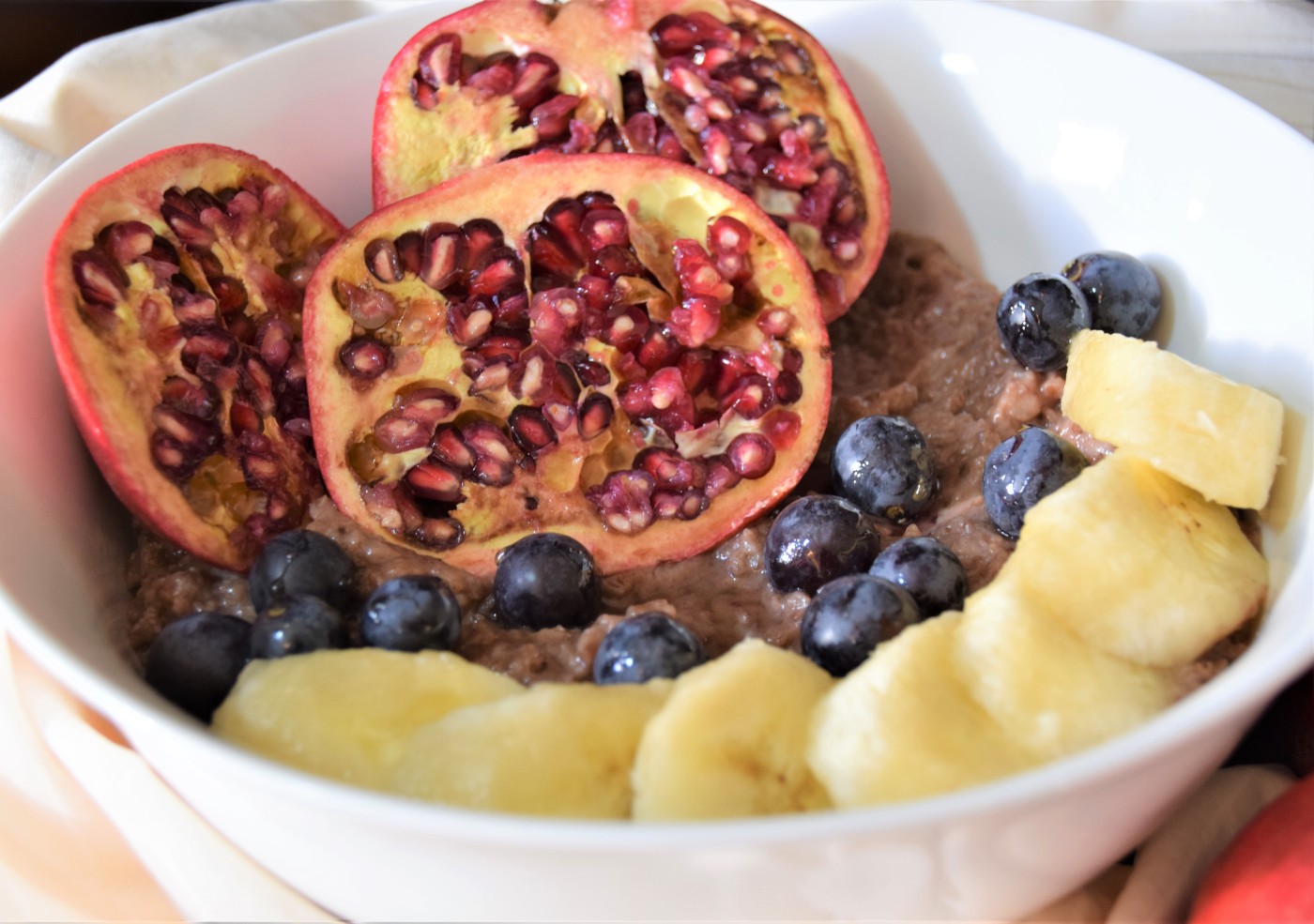Let’s talk about Hades!
The game, not the god.
Well, technically, we’re talking about both.
Hades is a rogue-like (or alternatively, rogue-lite) dungeon crawler by Supergiant Games, a video game developer my partner and I have been following since their first game Bastion came out in 2011.
We’ve also been following the development of Hades since its early access release in 2018 and the story has been quite a ride.
This game centers around Zagreus, the son of the titular god of the Underworld, and his attempts to flee to the surface to join his relatives up on Mount Olympus and find his birthmother. Shenanigans ensue, relationships change, and family secrets come to light.
Like most Supergiant games, the game has a catchy soundtrack, beautiful art direction, impressive voice acting, and a compelling, nuanced story.
On his journey, Zagreus encounters a colorful cast of characters. While fighting his way through a level of the Underworld called Asphodel, he meets a creative, talented, deceased oak nymph named Eurydice who offers him a variety of snacks to boost his fights. One of these delicacies is called Pom Porridge.
This version of Pom Porridge, made from pomegranate juice and a Greek pasta called trahana, combines research into ancient Greek cuisine, modern Greek food, and personal sensibilities.

Ancient Greek Cuisine
Obviously Hades takes place some time during ancient Greece, though specific dates are never mentioned.
(I suspect the Dark Ages, which started some time after the Trojan War in the mid-thirteenth century and lasted until about 750 B.C.E. It was filled with plagues, mutually destructive wars, and foreign invasions. These are occasionally listed as sources of strife for mortals on the surface during in-game dialogue.)
So what did ancient Greeks eat, and how did they eat it? How can this information inform our version of Eurydice’s pom porridge?
The game may not necessarily be striving for historical accuracy, but that doesn’t mean we can’t take inspiration from archaeology and historical records.
Ancient Greek cooking centered around grains, such as barley or wheat, which were commonly eaten in breads, cakes, and porridges. These cooked grains, called sitos, were enhanced by opson—meats, fish, vegetables, fruits, pulses, and dairy—served as sides or used to enhance the flavor of the sitos. Honey was also available as the sweetener of choice. All these foods were eaten at the main meal of the day, an evening dinner called deipnon. Some ancient Greeks also had a midday brunch called ariston, usually made up of deipnon leftovers and occasional fresh breads.
Our porridge will form the sitos, the base of the meal, while the honey and fruit toppings will be the opson to enhance the taste of the Pom Porridge.
To be more like the ancient Greeks, I’d recommend serving this as a dessert or even a side instead of breakfast. Some of the best desserts double as equally delicious breakfasts, so I wouldn’t blame you for eating it in the morning instead.

What is trahana?
Trahana is a kind of pasta made from wheat and dairy that is shaped into balls or patties, dried, then sometimes grated and dried some more before being stored for months or even years. This will be the basis for our Pom Porridge from Hades.
In grocery stores there’s roughly two types: sweet trahana and sour trahana. The wheat in trahana can be flour, semolina, or cracked wheat, and is combined with some kind of dairy—generally fresh milk for sweet trahana, usually goat’s or sheep’s but occasionally cow’s; and soured milk or yogurt for sour trahana, which lends a tangy flavor with deep umami. This recipe uses milder sweet trahana.
Trahana (also sometimes called tarhana, tarhonya, trachanas, and tarkana) is enjoyed from the Mediterranean to Central Asia, including Greece, Crete, Cyprus, Turkey, Romania, Albania, and Iran. So where did this stuff come from? How old is it? That’s a tough question to answer. As William Weaver says in his 2002 article, “The Origins of Trachanás: Evidence from Cyprus and Ancient Texts”:
“I should like to make it perfectly clear that milk based porridges dried in the sun for use during winter are so ancient in concept that they cannot be dated and are probably as old as the gathering in of grains, whether foraged from the wild or cultivated.” (p. 44)
We may not have a finger on where or when trahana originated, but what we do know is it’s more than just a way to preserve excess grains and dairy; it has important social and communal connotations in the Mediterranean too. In Cyprus, making trahana is a social event involving multiple women (and sometimes menfolk), usually neighbors or family members. It tends to end with a group meal, often in the form of a potluck, and the host is expected to eventually return the favor and help other women make their families’ trahana.
Maybe it adds a layer of irony to Eurydice making such a social dish all by herself in her own corner of the Underworld.
If you can’t find any trahana near you or get it shipped on the internet, you can try making your own sour trahana (be warned that it might change the flavor of the porridge).

Putting Together Pom Porridge
Okay, so we’ve done a bit of research about ancient Greek dining and modern Greek food. How do we put it together to make a modern Pom Porridge?
Obviously we’ll be using trahana as the base of the porridge. My version is inspired by this recipe for trahanasoupa by OMGfood (shoutout to a fellow New Englander!). Instead of boiling sour trahana with water, milk, and feta, our porridge toasts sweet trahana in olive oil to bring out the natural nuttiness and then simmers it in pomegranate juice for an incredibly rich, sweet experience.
In fact, even with the Greek yogurt for acid and creaminess, the porridge is so rich it’s really best to eat it cold and in small amounts.
But what if you can’t find trahana and don’t have time to make your own?
I totally get it! You can try adapting your favorite oatmeal or farina recipes and using pomegranate juice if that’s easier. Either way the porridge will last at least 3-4 days in your refrigerator once cooked.
Modern Toppings for Pom Porridge
Given that beekeeping was developed by ancient Minoans on Crete, this porridge obviously needs some honey drizzled over the top for extra sweetness and floral notes.
As for the other toppings?
Well, here’s where you can get creative.
The image for Pom Porridge reminds me of smoothie bowls, and there’s some evidence from the Infernal Arms that Zagreus uses in-game that time is a little…wibbly wobbly in this story universe.
What I’m saying is, don’t feel pressured to stick to ancient Greek fruits to top this porridge.
If you’re going traditional, pomegranates, figs, and grapes were all at home on ancient Greek dining tables and make excellent additions.
Want to get a little more contemporary? Try using some sliced banana or citrus to get more of that smoothie bowl vibe. Bright red blood orange slices would be particularly appropriate.
Get creative! Get cooking! Get…out of the Underworld to solve the mystery of your origins and stick it to your overbearing immortal dad.
Don’t forget to have fun!

Serves 4-6
Ingredients:
2 tablespoons olive oil
1 cup sweet trahana
4 cups unsweetened pomegranate juice
2 tablespoons plain Greek yogurt
Salt, to taste
Honey, for drizzling
Pomegranates, banana slices, purple grapes, citrus slices, dried figs, etc. for garnish
Instructions:
- Heat 2 tablespoons of olive oil in a medium pot over medium-high heat. Add trahana and toss to coat. Toast for 30 seconds, constantly stirring to prevent burning.
- Pour in unsweetened pomegranate juice and bring to a boil. Reduce heat to low and simmer for 20-25 minutes, uncovered, stirring occasionally to keep trahana from sticking to the bottom.
- Remove from the heat and let cool for at least 15 minutes to overnight; this will let the trahana absorb the liquid and thicken the porridge.
- Mix in the plain Greek yogurt and salt to taste. The porridge should lighten slightly.
- Serve room temperature or cold, drizzled with honey and topped with garnishes.
Sources:
Kaufman, C. K. (2006). Cooking in Ancient Civilizations (1st ed., Daily Life Through History). Westport, CT: Greenwood Press.
Louis, D. F. (2020, February 01). Building Blocks: Trahana, The Ancient Instant Soup. Retrieved October 27, 2020, from https://culinarybackstreets.com/cities-category/athens/2019/building-blocks-21/
Weaver, W. (2002). The Origins of Trachanás: Evidence from Cyprus and Ancient Texts. Gastronomica, 2(1), 41-48. doi:10.1525/gfc.2002.2.1.41
While the House of Hades may be large enough to shelter both the chthonic denizens of the Underworld as well as a host of dead shades, not everyone has this level of housing stability. If you’d like to help prevent evictions, especially for vulnerable BIPOC (Black, Indigenous, People of Color) folks, please consider donating to the Eviction Prevention Fund by Reparations Roundtable.
If you can’t afford to donate, I encourage you to call or email your local representatives to make sure that your state is keeping everyone housed and avoiding eviction crises. Supporting specific bills or actions, such as amendments to Massachusetts’ budget, is the best way.
The COVID-19 pandemic is only making our eviction and housing crisis worse. Let’s do what we can to keep people housed and safe during the upcoming winter and this current round of infections. Housing is public health!


good stuff
LikeLike
Thank you!
LikeLike
I love how well-researched and fun your articles are! I always learn new facts and want to make the recipe…thanks for all you put in to these! Now I want to try this video game, too…
LikeLike
Thanks so much Theresa! I’m glad you’re still interested. You should try the game, it’s really cool!
LikeLike